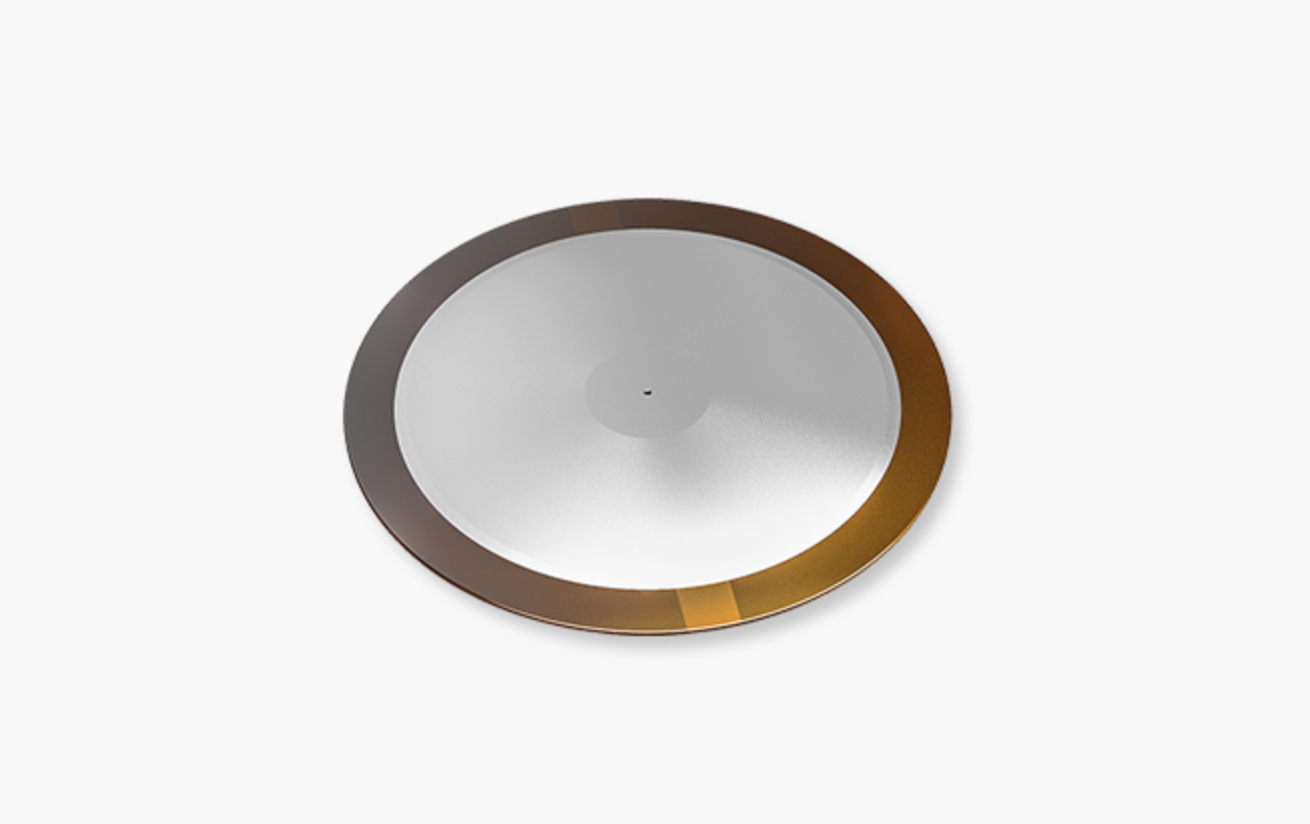


With the rapid development of smart cockpits, in-vehicle display screens have become the core interface of human-machine interaction (HMI). While pursuing simple design, how to ensure the safety and convenience of driver operation has become the key to the development of in-vehicle display technology. The emergence of Audivi tactile feedback actuators provides an innovative solution to this challenge, enhancing the driver's interactive experience through real tactile feedback effects.
How haptic feedback works
Haptic feedback technology simulates the touch of physical buttons, allowing drivers to operate without looking at the screen, the so-called "blind operation". This technology mainly uses the piezoelectric effect to control the deformation of the material through electrical signals, thereby generating tactile feedback.

ADW tactile feedback actuator
High-resolution haptic feedback
Audivi tactile feedback actuator can simulate extremely delicate tactile effects, such as light touch, sliding, pressing, etc., providing a real touch similar to mechanical buttons.
Energy-saving and high efficiency
Compared with traditional mechanical buttons, tactile feedback actuators consume less energy and can save 10-13 times the energy.
Miniaturized design
Its small size makes it easy to integrate into various smart devices, including car display screens.
Durable and reliable
It is highly resistant to water, dust, oil and pollution.
Multifunctional interaction
Supports tactile feedback for multiple gestures such as swiping, clicking and tapping, providing a richer cockpit interaction experience.
Application Cases
In the application of in-vehicle display screens, ADW tactile feedback actuators can simulate the touch of various physical buttons, such as volume control, air conditioning adjustment, etc. In addition, it can also provide more advanced tactile feedback, such as simulating the touch of different materials to enhance the user's operating experience.
an in-vehicle display screen that uses tactile feedback technology , users can feel different tactile feedback, such as buttons, knobs, dials, and sliders, when touching the screen through the ADW tactile feedback actuator, greatly enhancing the human-computer interaction experience.

The application of tactile feedback represents an important technological advancement in the field of in-vehicle intelligent display. It not only provides a more realistic and intuitive interactive experience for the autonomous driving low-speed cruise system, but also provides new ideas for the development direction of future smart cockpits. As the technology continues to mature and its application deepens, we have reason to believe that tactile feedback actuators will become an indispensable part of smart cars.